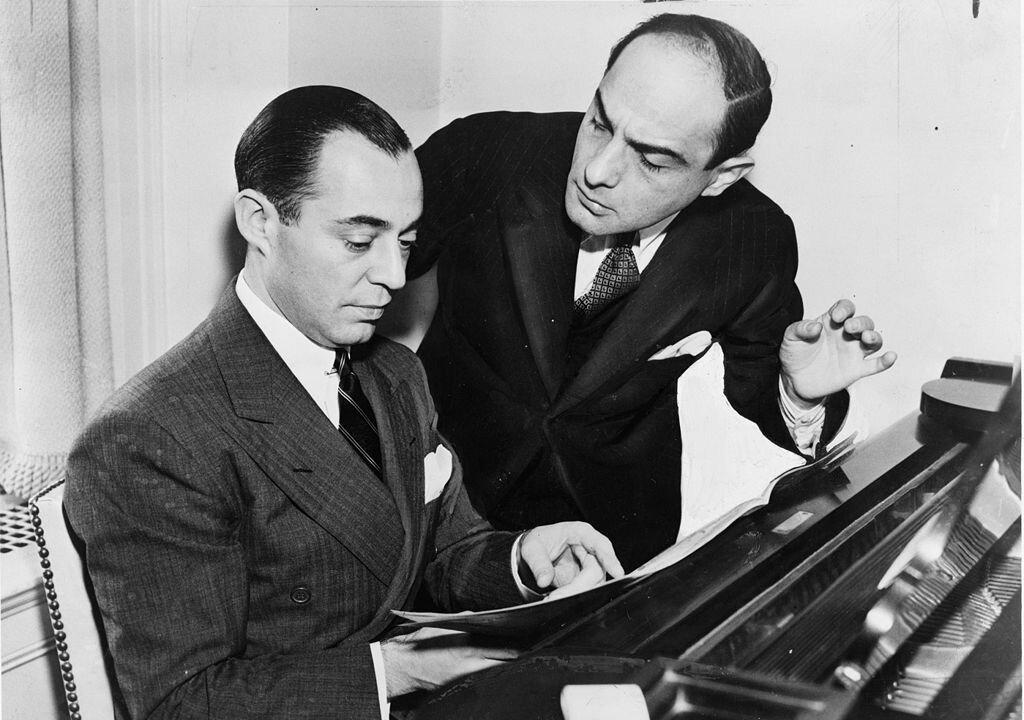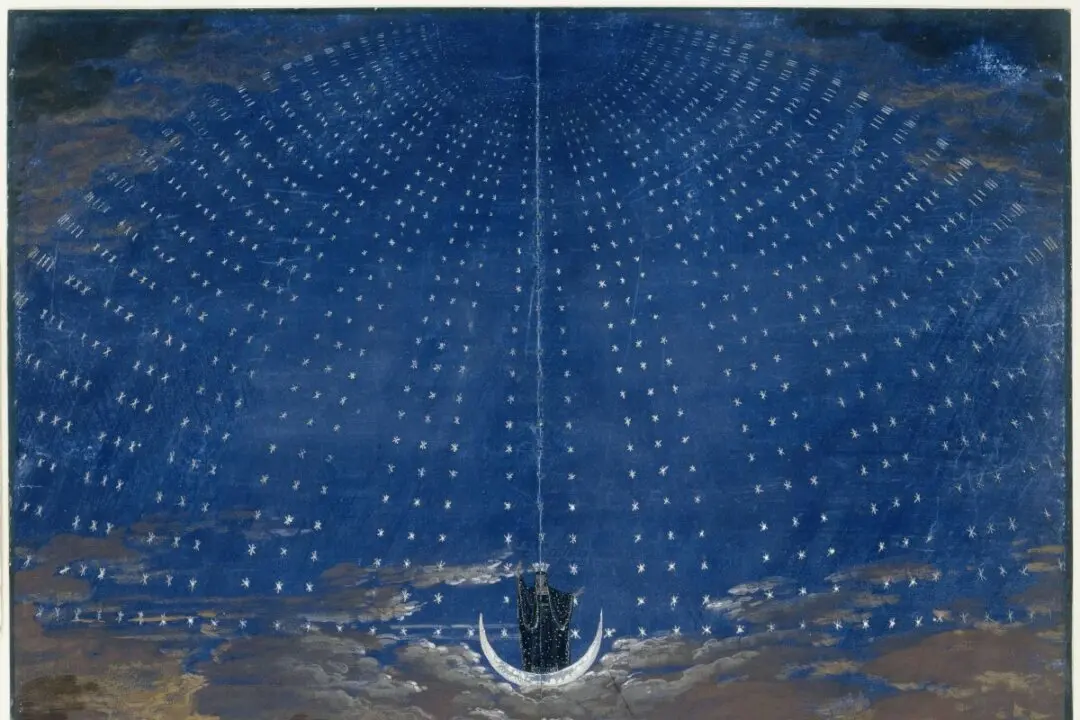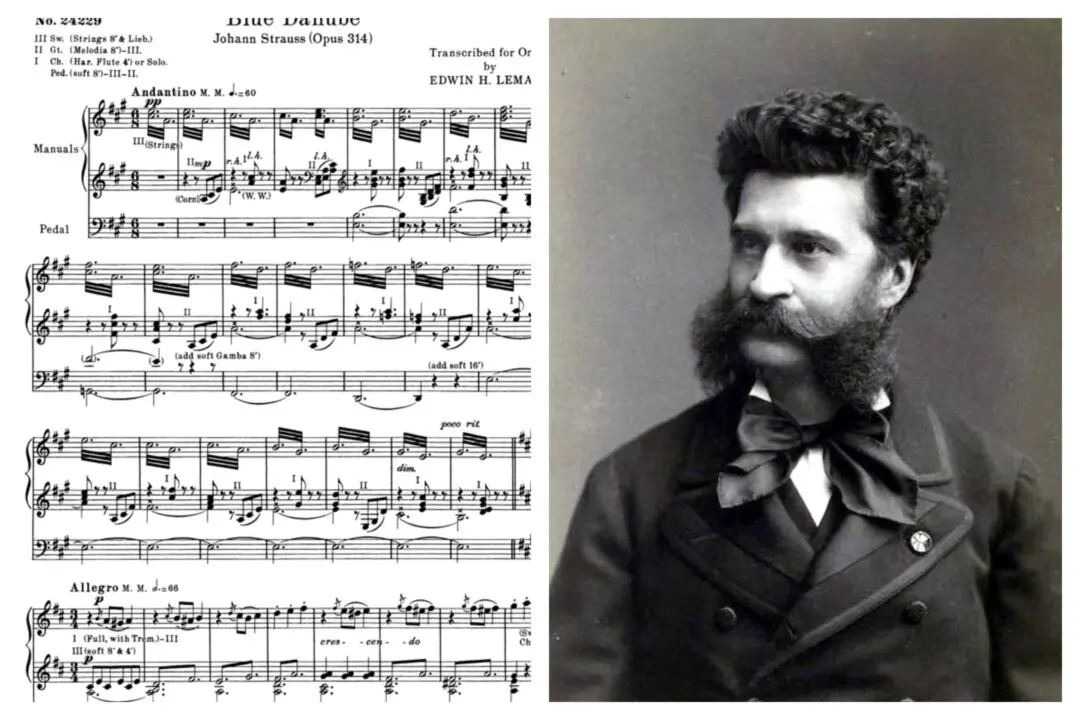Consider the following bits of text: “Doe, a deer, a female deer,” “We’ll have Manhattan,” “Some enchanted evening,” “Oh, what a beautiful morning!”
Unless you are wholly ignorant of popular music before the Beatles, you won’t be able to read those words without hearing in your head the music that drapes them as perfectly as designer clothes. The words are by Oscar Hammerstein II and Lorenz Hart. The music that makes the words live is by Richard Rodgers.






